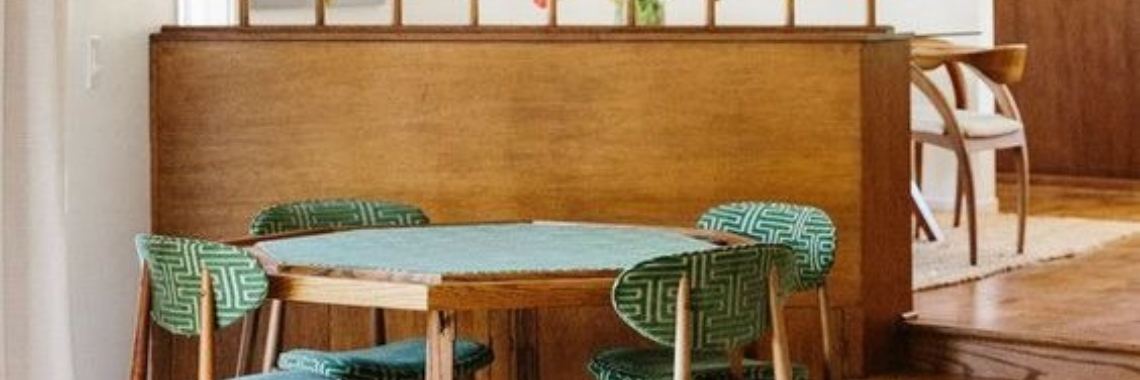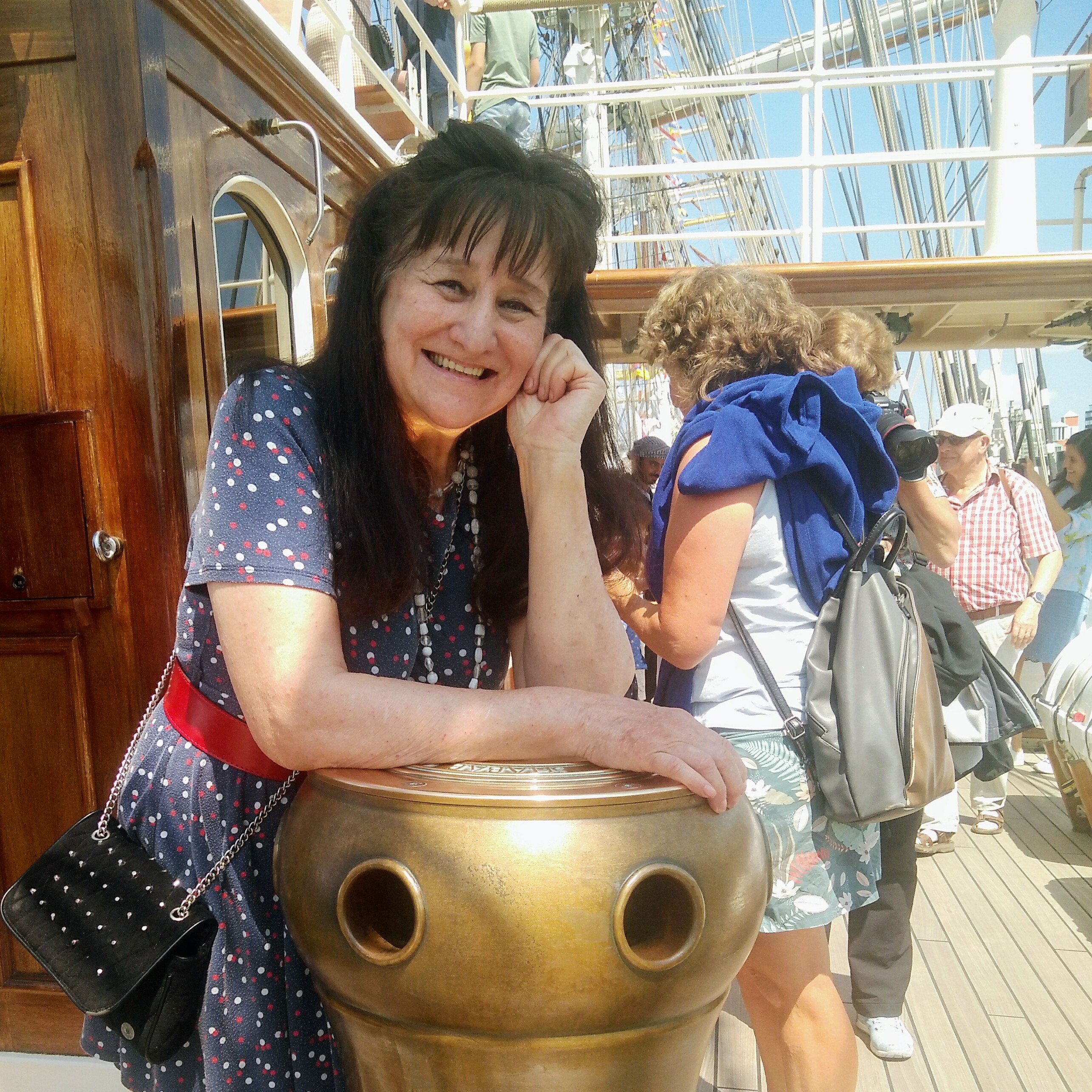History and retro style
The Retro style covers a very wide space of time, and involves a wide variety of shapes, textures and colors that we can use when creating a retro atmosphere. Here is a recount and essence that contains retro style in interior design:
The retro style is linked to the context historically framed by the effects of the Second World War, the hippie movement that marked the 60s and the rise of disco music in the 70s. These events were some of those that influenced and marked a clear distinction between each of these decades, which was reflected in fashion, interior design and lifestyle.
Thus we can see that in terms of industrial design, interior design and decoration, artists such as Ludwig Mies van der Rohe and Marcel Breuer, would take center stage because of the collaboration made with Knoll (company of American design), and from this would emerge pieces today considered classic.
It is important to remember that the technology developed for the war, was taken to other areas, such as design, such as the use of: polyethylene, foam rubber; fiberglass and ultralight plastics, which offered new characteristics that artists and industrial designers such as the Eames marriage for that so, they didn't hesitate to explore and make the most of it.

The Hippie movement undoubtedly frames the sixties, and that rebellion typical of the young people of that time had a great impact, especially in music, art, social behavior, fashion and interior decoration.
The decoration of the 70s took a turn in terms of the use of terracotta tones, but in an opaque shade. Colors such as avocado green, gold, browns, copper and mustard, become very popular. Wooden furniture, plastic accessories, glass and geometric patterns combined together to create spaces full of personality.

Taking into account the above, I will give you some tips on how to bring these styles to the present day and give your home decor a retro style.
Colours and patterns
As for this, there is a color palette that you can choose from and that turns out to be very wide, you can choose bright and contrasting colors such as fuchsia or yellow, or if you prefer you can use earth colors such as orange, coffee and olive green.
Materials and textures.
Furniture or accessories in which two or more materials are combined stand out, such as leather chairs with wood and aluminum finishes, characteristics of the time. The use of velvet and plush textures will always be a good idea if you want to create a decoration with a retro style.
Decorative elements
One of the best options to complement the retro style, are glass, adhesive tiles and decorative paintings.

For example, a glass vase with very strong colors, personalized furniture with geometric patterns or a gallery of paintings with a retro theme, will give the final touch to the setting.:
https://decofilia.com/estilo-retro/
https://www.google.com/search?q=estilo+retro+en+la+decoraci%C3%B3n&sxsrf=ALiCzsa06UtDU6iAXhn7cwRMirij-onpBw:1661783231360&source=lnms&tbm=isch&sa=X&ved=2ahUKEwinocv5oOz5AhXfRDABHR0tDw8Q_AUoAXoECAEQAw&biw=1280&bih=689&dpr=1












then €5.99/month after 14 days
Start your 14-day free trial now to publish your sponsored content. Cancel anytime.